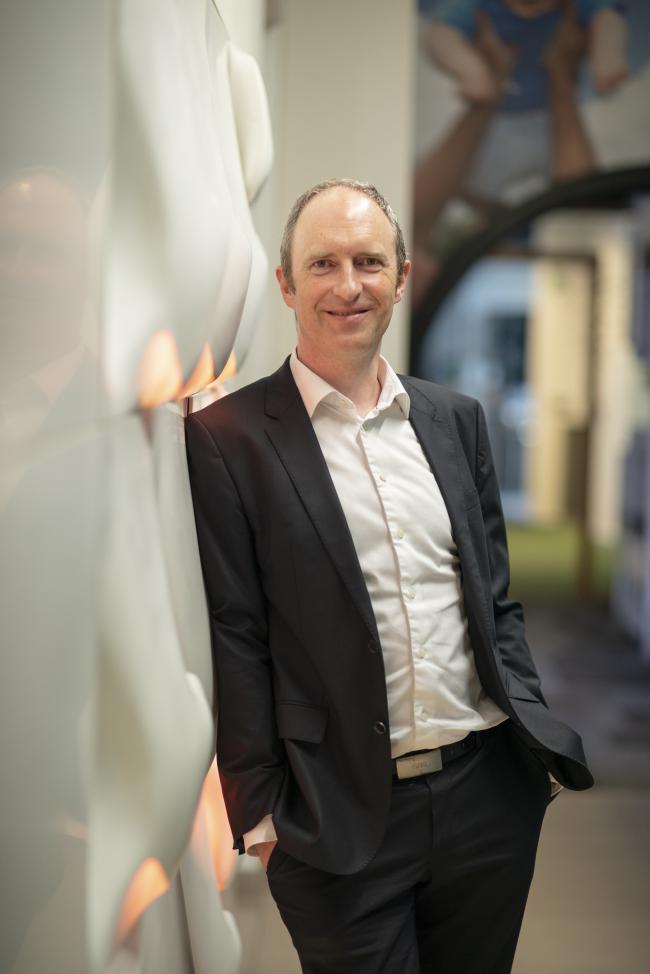Information is the key to success
It comes down to detecting the areas in which the organization is ready for innovation,’ says De Vos. ‘Reflecting together with various stakeholders about the possible changes on the long term is a critical exercise. Only in this way, you can estimate the impact of new technologies. I would recommend starting by setting up structural meetings with people from your own sector and elsewhere,’ explains De Vos. ‘This exchange of ideas with people from different backgrounds, with different disciplines and alternative visions of the future, can be very fruitful.’
Technology is of no value in itself, the strength lies in its application.
Information will be the key to success in the future, as well as the basis for innovation more than ever before. A company needs to plot out the vision and strategy that determines what we’re going to do with all this information or data. The ultimate goal is to build an innovation culture.
‘The challenge is to extract valuable ‘wisdom’ to distinguish yourself from the competition. Which new data sources do you need to tap into, and how can you process them to reach better decisions faster? Innovation makes the difference here.’ Tesla uses for instance the real-time data of its users to make improvements to their product, it is therefore a huge source of knowledge that just enters there every single day.
Future scenario’s
Meetings with other people don’t give you a vision of the future alone, of course. De Vos therefore also advocates a pragmatic approach to ensure this apparent mission impossible succeeds: ‘The best thing is to work with scenarios. Take, by way of example a hospital for which you want to build an IT infrastructure that’s still relevant ten years from now. You could invite a trend watcher to a meeting, but they can only talk about trends that are already visible. So it’s a much better idea to go deeper and question what the core tasks of your hospital are. Will we still get sick in the future? Are we all going to become bionic people? Is AI going to determine everything?'
The next big thing is a lot of small things.
De Vos believes you need to plot these possible scenarios on a double axis – one ranked on a scale of uncertain to definite, and one according to impact on your organization. ‘The most interesting scenario is the one with the biggest impact that is also uncertain. Choose two or three developments from this, and determine what the most and least favorable outcomes would be. Then comes the hard work: preparing for each of these scenarios, checking what you need for them, and so on.’


